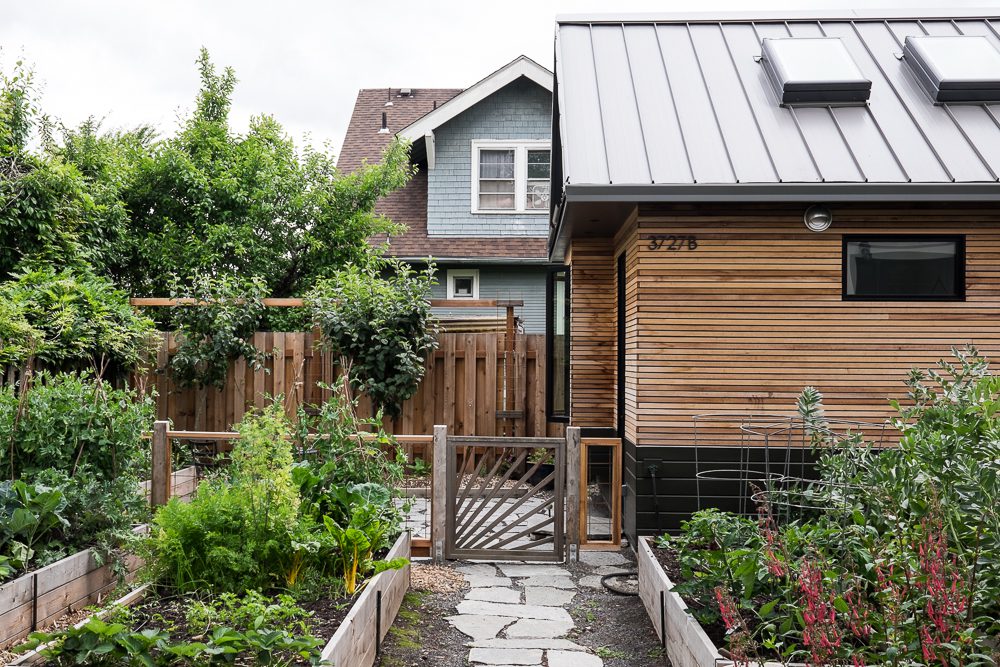The housing crisis, exacerbated by federal spending, high interest rates, and a shortage of units.
Addressing Barriers to ADU Expansion Through State and Local Reforms
Housing has become a major issue in the current election drawing attention from both political parties due to excessive federal spending worsening a longstanding crisis, according to the report of Washington Examiner.
The housing market is struggling with high interest rates and a fundamental shortage of housing units. Instead of injecting more cash focusing on construction is crucial. Expanding accessory dwelling units (ADUs) on single-family properties is a promising solution.
ADUs, like those seen in TV shows such as “Happy Days” and “Full House,” offer benefits like supporting intergenerational living arrangements.
For homeowners, ADUs provide an opportunity to earn extra income and increase property values significantly.
Renters benefit from ADUs by gaining access to more affordable housing options than traditional apartments.
Many renters face financial strain, with nearly half spending more than half of their income on housing.
Younger Americans, especially Generation Z, struggle to find housing due to high rents and interest rates.
ADUs can also appeal to women who own property, offering income and independence in aging.
However, expanding ADUs faces challenges from restrictive housing policies and expensive construction.
Addressing these barriers requires state and local reforms including easing zoning restrictions and streamlining permitting.

(photo: CalMatters)
Federal Policies to Promote ADU Construction and Housing Reform
The Biden administration has proposed housing initiatives but these may take time to reduce shortages and could raise construction costs.
Federal policymakers could help by tying housing grants to local reforms that promote ADU construction bridging political divides to improve housing availability and support homeownership.

















































